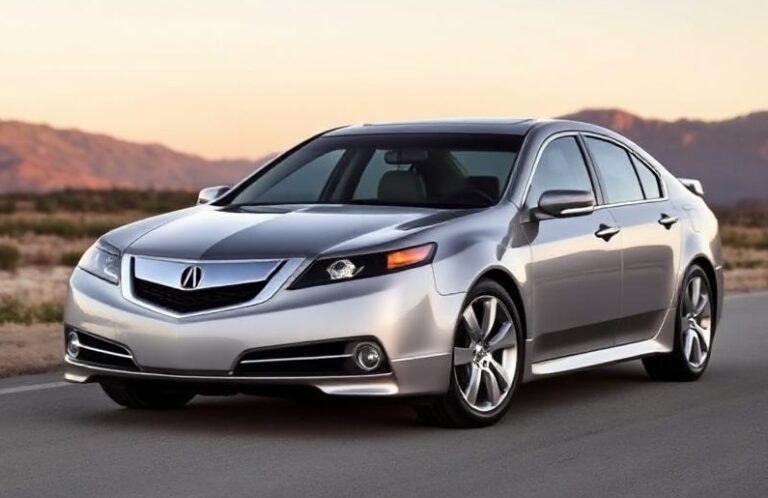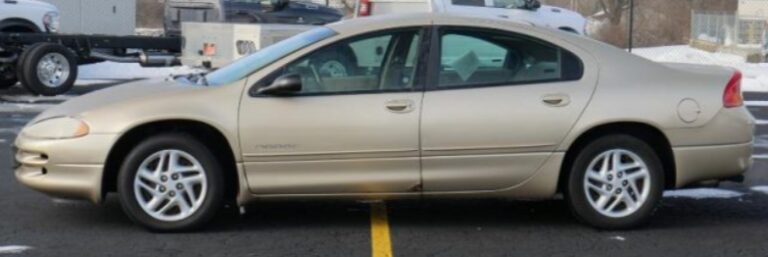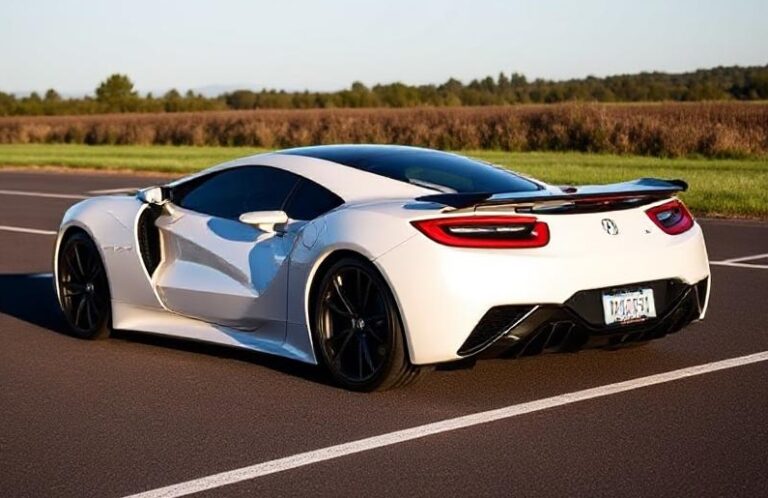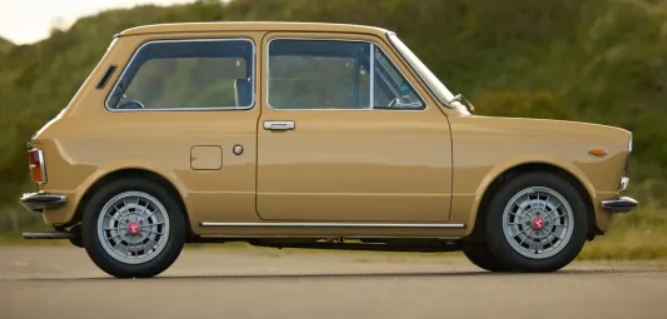Evolution of The Volvo 740
Of all the automotive shapes to emerge from the 1980s—a decade of wedges, pop-up headlights, and nascent aerodynamic obsession—few are as defiantly, iconically rectilinear as the Volvo 740. Dubbed “The Brick” by owners and enthusiasts alike, a nickname worn as a badge of honor, the 740 was more than just a car; it was a statement. It represented a commitment to safety, durability, and practicality that eschewed fleeting design trends in favor of timeless, rational engineering. The evolution of this Swedish workhorse from its inception in 1984 to its final bow in 1992 is a story of careful refinement, strategic diversification, and the cementing of a brand identity that endures to this day.
The Genesis: A Modern Successor (Pre-1984)
To understand the 740, one must first look at its context. By the early 1980s, Volvo’s 200 series was a runaway success, but it was fundamentally a design from the early 1970s. Volvo needed a new, more modern platform to carry it through the end of the century. The first fruit of this labor was the upscale Volvo 760, launched in 1982. Designed by Jan Wilsgaard, the 760 featured a sharp, angular design that was a stark departure from the 200 series’ rounded edges. It was aimed at the executive market, powered by a V6 engine or a six-cylinder turbodiesel.
The 760 platform, however, was engineered for more. Volvo’s strategy was to introduce the high-margin flagship first, then follow it with a more accessible, volume-selling model using the same chassis and body. That model was the Volvo 740. Unveiled at the Geneva Motor Show in 1984 for the 1985 model year, the 740 was the four-cylinder sibling to the 760. It shared the same rigid safety cage, spacious interior, and distinctive styling but was powered by Volvo’s robust and reliable “Redblock” inline-four engine, making it more affordable to buy and run.
.
THIS could come in handy for your auto garage (and everywhere else!):

.
The Launch and Early Years (1984-1987): Establishing the Foundation
The initial Volvo 740 lineup was straightforward, offering a clear hierarchy of trim levels primarily for the sedan body style.
- Volvo 740 GL (Grand Luxe): This was the entry point. It was powered by the venerable B230F engine, a 2.3-liter, 8-valve, naturally aspirated four-cylinder with Bosch LH-Jetronic electronic fuel injection. It produced a modest but adequate 114 horsepower. The GL was spartan by today’s standards, often featuring manual windows, cloth seats, and steel wheels with hubcaps. It was the embodiment of practicality.
- Volvo 740 GLE (Grand Luxe Executive): A significant step up, the GLE was the luxury-oriented model. It added features like alloy wheels, a power sunroof, power windows and locks, velour upholstery, and often air conditioning as standard. It used the same B230F engine as the GL but packaged it with the creature comforts buyers in this segment expected.
- Volvo 740 Turbo: This was the undisputed star of the early lineup. Often referred to as the “Turbo,” it transformed the sensible sedan into a surprisingly potent “sleeper.” It was initially powered by the B230ET engine in some markets, but the most common variant was the B230FT. This engine featured a turbocharger and intercooler, boosting output to a very respectable 162 horsepower. The Turbo was distinguished by its unique “Virgo” or “Draco” alloy wheels, a small spoiler on the trunk lid, blacked-out trim, a boost gauge in the instrument cluster, and a firmer, sport-tuned suspension. It offered performance that could challenge contemporary BMWs and Audis, but in a discreet, unassuming package.
The most significant development in this period arrived in 1985 with the introduction of the 740 Estate (Wagon). This model would arguably come to define the 740 more than the sedan. Its cargo bay was a cavernous, perfectly squared-off space that could swallow an incredible amount of luggage, furniture, or family gear. The wagon’s combination of safety, utility, and (in Turbo form) performance created a new archetype: the fast, practical family hauler. It became a ubiquitous sight in suburban driveways across Europe and North America.
Refinement and Diversification (1988-1989): Adding Sophistication
As the 740 settled into the market, Volvo began to refine the formula. The model for 1988 saw the introduction of a key mechanical update: a new, technologically advanced engine.
- Volvo 740 GLE 16-Valve: To bridge the gap between the standard GLE and the Turbo, Volvo introduced a new high-performance, naturally aspirated engine. The B234F was a 2.3-liter four-cylinder with a 16-valve, dual-overhead-cam (DOHC) cylinder head co-developed with Porsche. This engine produced 153 horsepower, offering a smoother and more high-revving character than the torquey Turbo. The GLE 16V was identifiable by a small “16 VALVE” badge on the trunk and offered a more refined performance experience. However, the engine was more complex and required diligent maintenance, particularly concerning its timing belt.
During these years, safety features like Anti-lock Braking Systems (ABS) became available and then standard on higher-end trims like the Turbo and 16-Valve. Minor interior revisions, such as updated upholstery patterns and switchgear, kept the car feeling fresh. The core GL, GLE, and Turbo trims remained the pillars of the lineup.
The Major Facelift (1990): A New Face and Interior
The 1990 model year brought the most significant visual changes to the 740 in its entire run. This facelift modernized the car’s appearance and ergonomics, clearly dividing the “early” and “late” models.
The most prominent exterior change was a completely new front end. The recessed, quad-sealed-beam headlights (in the US) or large composite lights (in Europe) were replaced with a sleeker, flush-mounted composite headlamp design and a lower-profile grille. This gave the car a more modern and slightly more aerodynamic look. The changes at the rear were body-style dependent:
- Sedan: Received all-new taillight assemblies that were taller and visually similar to what would appear on the upcoming 940.
- Wagon: Curiously, the wagon retained its original rear-end styling and taillights for the remainder of its production life, creating a distinct visual difference between the updated sedan and wagon from the rear.
The interior received an equally dramatic overhaul. The original angular, purely 1980s dashboard was replaced with a more modern, rounded design. It was more ergonomic, with instruments and controls that were easier to see and reach, and it shared its design language with the more luxurious Volvo 760.
Trim levels also saw some revision during this period.
- 740 SE (Special Equipment): This trim name appeared in various markets, often as a limited-edition package. It typically bundled popular features from higher trims, sometimes including the Turbo’s sporty body trim and suspension but with the naturally aspirated engine, creating a unique “sport-look” model.
The Twilight Years and Crossover (1991-1992): A Graceful Exit
For the 1991 model year, Volvo launched the 940. The 940 was not a clean-sheet redesign but rather a comprehensive evolution of the 740 platform. It featured a restyled rear end on the sedan (the wagon body was nearly identical to the 740 wagon), a further refined interior, and updated mechanicals.
With the 940 positioned as the primary model, the 740’s role shifted. For its final two years, it was repositioned as the entry-level offering in Volvo’s rear-wheel-drive lineup, running concurrently with its successor. The model range was simplified significantly.
- 740: In many markets, the “GL” designation was dropped, and the base model was simply called the “740.” It carried over the post-1990 facelift look and the reliable B230F engine.
- 740 Turbo: The Turbo model continued, providing a performance option at a slightly lower price point than the new 940 Turbo.
The GLE and GLE 16-Valve trims were discontinued, as their market positions were now occupied by various 940 models. A key focus during these final years was the standardization of safety equipment. A driver’s side airbag became standard in many markets, reinforcing Volvo’s core brand value even on its entry-level model.
Production of the Volvo 740 officially ceased in 1992, with the 940 series fully taking its place. In its nine-year run, over 1.2 million sedans and wagons were produced, a testament to its immense popularity.
Legacy of The Brick
The evolution of the Volvo 740 is a case study in pragmatic, intelligent automotive development. It was born as a sensible, mainstream version of a flagship model and grew to encompass luxury, performance, and unparalleled utility. Its changes were evolutionary, not revolutionary, focusing on meaningful improvements in technology, safety, and ergonomics rather than chasing fleeting stylistic fads.
Today, the 740 is celebrated as a cult classic. Its simple, durable mechanicals make it easy to work on, while its robust construction means that many are still on the road decades later, serving as reliable daily drivers, modified performance cars, or cherished classics. It represents an era when cars were built with a sense of purpose and longevity. The Volvo 740 was never the flashiest car on the road, but its unwavering dedication to its core principles made it one of the most honest and enduring vehicles of its generation—a true brick that built a legend.







